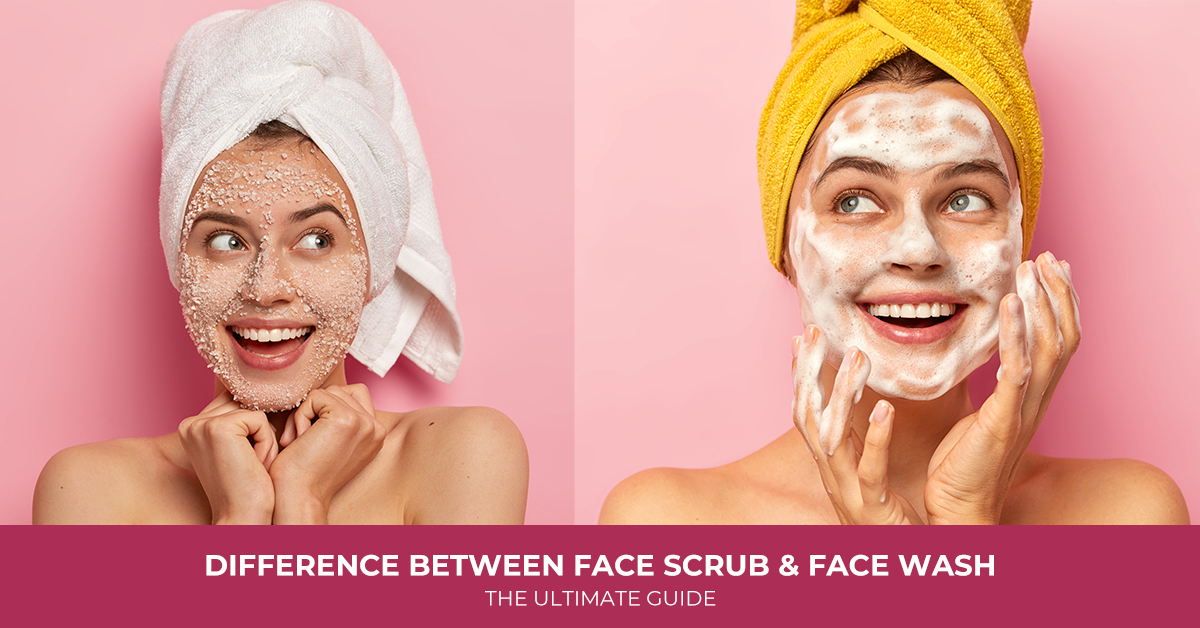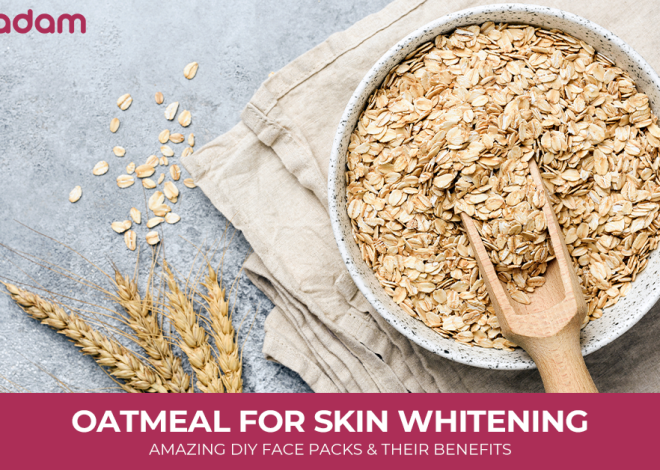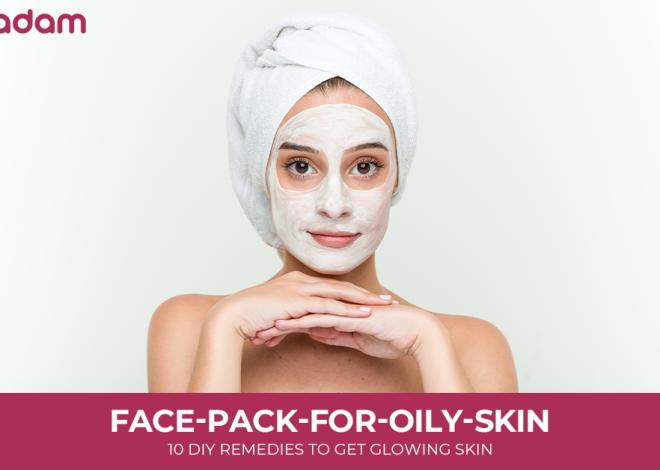
Difference Between Face Scrub and Face Wash: The Ultimate Guide
Cleansing is a fundamental pillar of any high-quality skincare routine. However, with countless products available, choosing the right one can be challenging.
One common confusion is understanding the difference between face scrub and face wash. While both contribute to skin health, they serve distinct purposes and offer unique benefits.
Whether you have oily, dry, or sensitive skin, this blog will clarify the role of a face scrub vs. a face wash, helping you maintain clear and healthy skin
Table of Contents
What Is a Face Wash?
A face wash is a type of cleanser that is made specifically for facial skin. It gently removes impurities, dirt, germs, and makeup. The ideal face wash formula should be lightweight and creamy to lift away the excess oil from the skin.
What Is a Face Scrub?
A face scrub is a skincare product with the main purpose of exfoliating the skin and helping to get rid of dead skin cells, whiteheads, and blackheads. Applying a face scrub minimizes the risks of acne, breakouts, and clogged pores.
The Difference Between Face Scrub and Face Wash: A Comparison
While the main goal of both face wash and face scrub is to cleanse your skin. These two staples have distinct roles and benefits. Understanding the difference between face scrub and face wash will help you to use them optimally in your skincare routine.
To help you thoroughly, here’s a quick comparison table listed below:
| Parameters | Face wash | Face scrub |
| Role | Cleanses skin and removes dirt, grime, or excess oil. | Exfoliates the skin by eliminating the dead skin cells. |
| Texture | Mostly gel or foam with a smooth texture. | Includes small exfoliating particles or beads. |
| Frequency of use | Can be used daily. Typically 2 times a day. | Two to three times a week as per skin type. |
| Best For | Facial skin. | Not limited to facial skin only. You can even exfoliate your knuckles, elbows, and knees. |
| How to Apply | Use water and massage using circular motions. | Apply to damp skin and massage gently before rinsing off. |
| Skin type suitability | Suitable for all skin types. | Suitable for normal to oily skin, those with sensitive skin should use with caution. |
How to Choose Between a Face Wash and a Face Scrub Based on Skin Type?
The criteria for choosing between face wash and face scrub vary as per your specific skincare needs and goals.
Here’s a tabular guide to help you make the right choice:
| Skin Type Breakdown | Face wash | Face scrub |
| Oily skin | Gel-based oil-controlling face wash works best. | Oily skin can benefit from exfoliation. But avoid over-scrubbing to prevent irritation. |
| Dry skin | Use a gentle face wash that cleanses without stripping moisture. | Use a gentle scrub with moisturizing ingredients to remove dry, flaky skin. |
| Sensitive skin | Select a gentle face wash that avoids harsh ingredients. | For a face scrub, choose one with fine exfoliating particles to reduce irritation. |
| Combination skin | An ideal face wash for combination type balances oil production while hydrating dry patches. | Select a scrub that is gentle enough for dry areas but can still exfoliate oily zones. |
Which Is Better, Face Wash or Face Scrub?
Practically, both are essential. A face wash provides daily cleansing, while a face scrub offers periodic exfoliation. To elaborate, here are the key benefits of incorporating both into your skincare routine:
Benefits of face scrub
Following are some of the well-known benefits of using face scrub that will help you achieve a clear and blemish-free appearance:
Unclogs skin pores: Face scrubs through exfoliation eliminate various irritants clogging skin pores.
Combats uneven skin tone: A face scrub helps eliminate the accumulation of dead skin cells and bacteria that may lead to uneven skin tone.
Battles signs of aging: Scrubbing helps initiate the natural resurfacing process, which helps to reverse the signs of aging like acne, pimples, wrinkles, and pigmentation.
Improves texture: A face scrub encourages natural skin renewal and helps improve skin texture.
Enables better penetration: Exfoliating with a gentle face scrub helps infuse a new lease of life into the skin cells. This helps better absorption of subsequent skincare products.
Fights Ingrown Hairs: Ingrown hairs might cause skin concerns like acne and pimples, thereby ruining your facial appearance. Thus, gently scrubbing hair follicles using face scrubs helps prevent this.
Makes skin soft and supple: Regularly exfoliating your skin and offering it the required hydration makes the skin soft and supple.
Key benefits of face wash
Including face wash in your daily skincare routine includes many benefits. The following are the prime benefits of using face wash:
- Clears away build-up: face wash helps remove all types of build-up, be it oil, makeup, dirt, or environmental toxins.
- Keeps the skin hydrated: Regularly using face wash helps balance your skin’s PH level, making it smoother and ultimately more hydrated.
- Exfoliates your skin: Regularly washing your face with face wash eliminates dead skin cells and promotes the growth of new skin cells. Due to this, your skin looks smooth and softer.
- Boosts blood circulation: Massaging the face with face wash helps improve blood circulation and causes glowing skin.
- Treats acne: The use of face wash regularly helps prevent bacteria trapped in pores that cause acne breakouts.
- Slows down the appearance of aging: Regular cleansing goes a long way in making your skin appear more radiant and ultimately youthful.
Using face scrub and face wash together enhances skin health. Scrubs exfoliate and improve texture, while face washes cleanse, hydrate, and prevent acne. Regular use keeps skin clear, soft, and youthful.
What Is the Right Order to Clean Your Face? Face Wash or Scrub First?
The correct order for cleaning your face (scrub or face wash first) is important to help maximize the benefits of both products. The right sequence is to use a face wash first, then a scrub, meaning you should cleanse your face with a face wash to remove dirt and oil before using a scrub to exfoliate the skin further.
Explanation:
Cleansing first: A face wash is designed to remove surface dirt, makeup, and excess oil, creating a clean base for the scrub to work effectively on the remaining dead skin cells.
Exfoliating after: The scrub then gently exfoliates the skin by removing dead skin cells, revealing a smoother complexion.
Key points to remember:
- Don’t scrub daily: Using a face scrub too often can irritate your skin, so limit it to a few times a week, depending on your skin type.
- Choose the right scrub: Select a scrub with gentle exfoliating particles appropriate for your skin sensitivity.
- Always moisturize: After cleansing and scrubbing, apply a moisturizer to hydrate your skin.
Conclusion
The debate on the difference between face scrub and face wash indicates that every individual has a different skin tone and needs a specialized skincare routine. Whether to prioritize face wash or face scrub or include both in your skincare routine is a matter of preference. It is important to know your skin type and select skin care products (scrub vs. face wash) accordingly.
Face washes are essential for daily cleansing, while scrubs provide targeted exfoliation to improve skin texture and brightness. Thus, a balanced approach that includes daily cleansing and exfoliation will help your skin appear fresh and radiant.
FAQs
What is the main difference between scrub and face wash?
A face wash is a gentle cleanser used to remove dirt and oil from your face, while a scrub is a more abrasive product that exfoliates the skin by physically removing dead skin cells.
Can I use a scrub as a face wash?
A face scrub should never be used as a substitute for a face wash but should be an added step in your routine after cleansing.
Can I use face wash daily?
Yes, it is generally recommended to use a face wash daily, ideally washing your face twice a day (once in the morning and once at night) to maintain clean and healthy skin.
Which comes first, face wash or face scrub?
By cleansing first, you help remove dirt, sweat, and makeup from the skin’s surface. You are then working with a clean base to exfoliate away dead skin cells that can pile up on the skin’s surface.
Is it safe to exfoliate my face every day?
While exfoliating is good for the skin, over-exfoliating can be quite damaging. Therefore, it’s advised to use a face scrub once or twice a week only.
Does face scrub remove tan?
No, a face scrub doesn’t remove a tan, but it can help fade it. Exfoliating with a face scrub can help remove dead skin cells and promote the growth of new, healthy skin cells.
What are the disadvantages of face washes?
The main disadvantages of using a face wash include over-drying the skin by stripping away natural oils, potential irritation or redness from harsh ingredients, and disrupting the skin’s protective barrier.
What are the disadvantages of face scrubs?
Scrubbing too much or using the wrong scrub can irritate your skin, making it more prone to acne, sun damage, and other issues.
How do you apply face wash and face scrub correctly?
Here are the steps to apply face wash and face scrub correctly:
- First, cleanse your face with a face wash.
- Then, apply a small amount of face scrub to wet skin.
- Gently massage in circular motions.
- Focusing on areas like the nose and chin, and
- Finally, rinse thoroughly with lukewarm water.
When to use face scrub and face wash?
Use face wash daily, morning and night, while only using a face scrub a few times per week to exfoliate dead skin cells.



